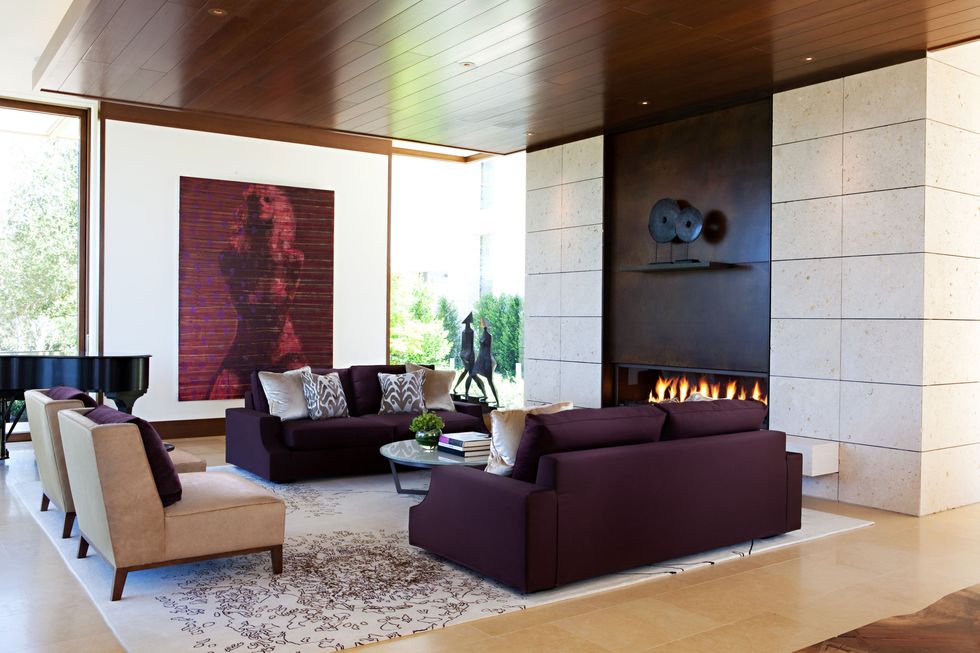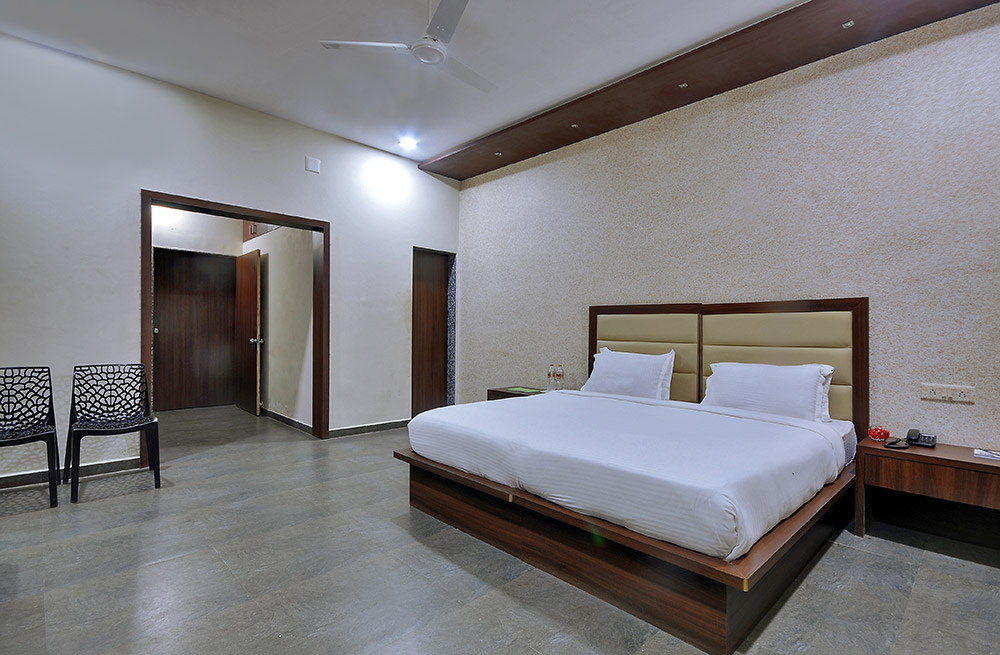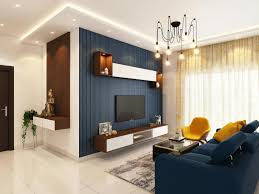Designing a home interior involves creating a comfortable, functional, and aesthetically pleasing environment that reflects the personality and lifestyle of the occupants. Here's what a typical home interior might include

Design a welcoming and versatile space for relaxation, socializing, and entertainment. Include comfortable seating arrangements, such as sofas, armchairs, and ottomans, centered around a focal point like a fireplace or TV. Add accent tables, area rugs, and decorative accessories to enhance the ambiance.
Create a functional and efficient kitchen layout that facilitates meal preparation, cooking, and dining. Consider the work triangle (the relationship between the stove, sink, and refrigerator) and ensure ample counter space, storage cabinets, and kitchen appliances. Incorporate durable and easy-to-clean materials for countertops, backsplashes, and flooring.
Designate a separate dining area or integrate it into the kitchen or living room space. Provide a dining table and chairs that accommodate the number of occupants and guests, with sufficient space for comfortable seating and movement. Enhance the dining area with lighting fixtures, artwork, or a statement chandelier to create a focal point.
Create comfortable and restful bedrooms tailored to the preferences and needs of each occupant. Include a comfortable bed with supportive mattress and bedding, bedside tables, and storage solutions such as dressers or closets. Personalize the decor with artwork, textiles, and accessories that reflect the occupant's style and personality.
Design functional and stylish bathrooms with efficient layouts and durable fixtures. Include a combination of essential fixtures such as a toilet, sink, bathtub or shower, and storage cabinets or shelves. Select materials and finishes that are water-resistant and easy to maintain, such as ceramic tile or stone countertops.
Create a dedicated workspace for remote work, studying, or hobbies. Provide a desk or work surface, ergonomic chair, storage solutions for supplies and files, and adequate lighting to support productivity. Consider incorporating technology such as a computer, printer, and charging stations as needed.
Plan a layered lighting scheme that combines ambient, task, and accent lighting to enhance functionality and ambiance. Incorporate a mix of ceiling fixtures, wall sconces, table lamps, and floor lamps to provide flexibility and control over lighting levels.
Decor and Accessories
Personalize the home interior with decorative elements, artwork, and accessories that reflect the occupant's interests, hobbies, and travels. Incorporate textiles such as curtains, throw pillows, and area rugs to add color, texture, and warmth to the space.




